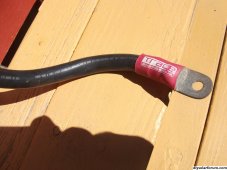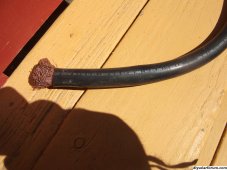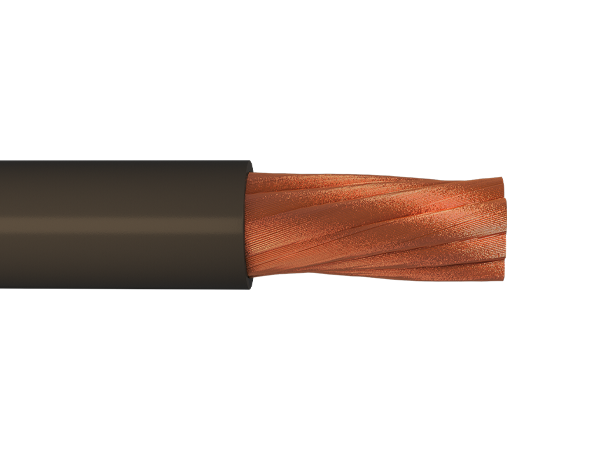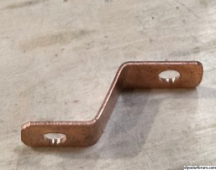Folks,
I have pretty cramped electric compartment in a fifth wheel.
I am using 4 200ah Amprer/Li-Time batteries in parallel.
I have am using the Victron Lynx Shunt and Distributor Sytstem.
I am running a 4/0 cable from Battery 3 neg to the neg of the Shunt
I planned on running 4/0 cable from Battery 2 positive to a battery isolation switch
And then another piece of 4/0 from the switch to the positive of the shunt.
That 4/0 is just brutal to bend. The isolation switch has two output terminals.
That got me thinking I might be better off running 2 AWG 2 lines from the switch to the shunt.
That makes the whole thing a lot easier to wire, but I end up with a system with wire rated for 200 A on a 400 A fuse.
Any thoughts? I have seen it done, I know its not ideal but how bad an idea is it?
Thanks
ANdy
I have pretty cramped electric compartment in a fifth wheel.
I am using 4 200ah Amprer/Li-Time batteries in parallel.
I have am using the Victron Lynx Shunt and Distributor Sytstem.
I am running a 4/0 cable from Battery 3 neg to the neg of the Shunt
I planned on running 4/0 cable from Battery 2 positive to a battery isolation switch
And then another piece of 4/0 from the switch to the positive of the shunt.
That 4/0 is just brutal to bend. The isolation switch has two output terminals.
That got me thinking I might be better off running 2 AWG 2 lines from the switch to the shunt.
That makes the whole thing a lot easier to wire, but I end up with a system with wire rated for 200 A on a 400 A fuse.
Any thoughts? I have seen it done, I know its not ideal but how bad an idea is it?
Thanks
ANdy







